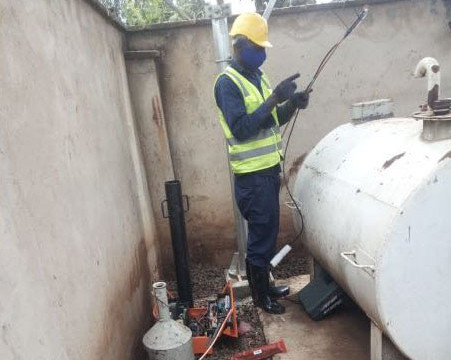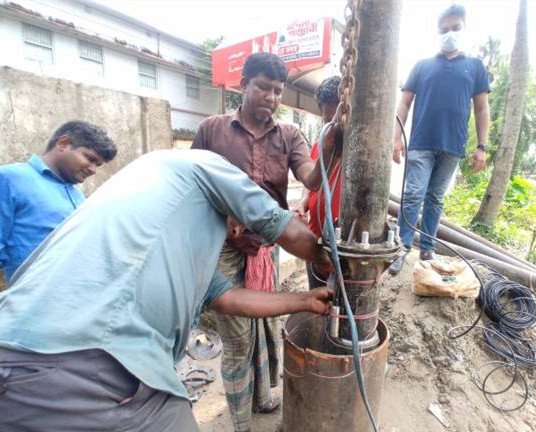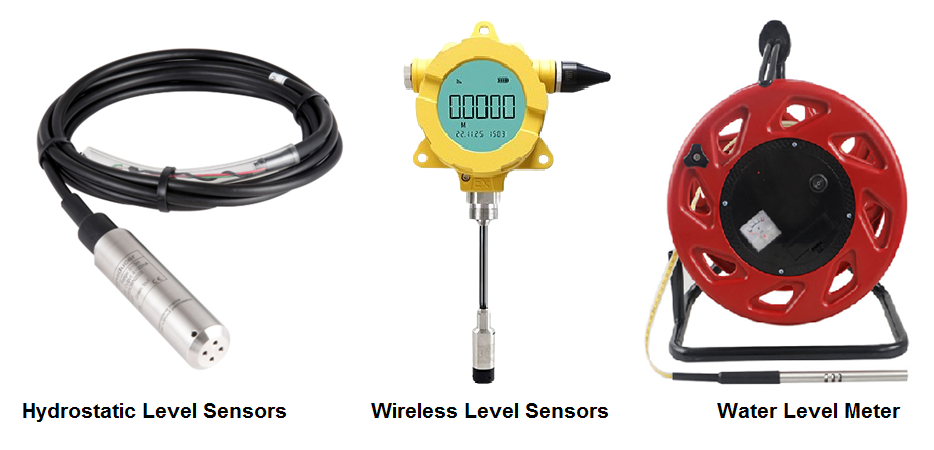How Submersible Level Sensors Used in Level Monitoring
A submersible level sensor is an electronic instrument that can be used to measure the level of liquids. It typically consists of a sensor element, housed in a waterproof casing. The sensor element detects the water pressure or distance from the sensor to the water surface and converts it into an electrical signal, which is then transmitted to a data logger or controller.
Submersible level sensors are widely used in many different industries and applications, including:
●Water and wastewater management
●Oil and gas industry
●Agriculture
●Chemical processing
●Marine applications
●Food and beverage industry
Submersible level sensors offer several advantages for the oil and gas industry. Firstly, they are highly accurate and reliable, providing real-time data on fluid levels in tanks and reservoirs. They can maintain safe and efficient operations, preventing overfilling or underfilling of tanks, and minimizing the risk of spills or leaks, which can optimize production and reduce downtime caused by equipment failure.

Secondly, they can withstand harsh environmental conditions, such as high pressure, high temperature, and corrosive substances. They can operate in deep water, harsh chemicals, and extreme temperatures, making them ideal for use in the oil and gas industry.
Finally, they can be easily integrated with other monitoring systems, such as SCADA (Supervisory Control and Data Acquisition) and PLC (Programmable Logic Controller) systems, allowing for automated data collection and analysis.

It has become an essential tool for modern agriculture, municipalities, water treatment, water supply… to ensure that water resources are used efficiently, effectively, and sustainably.
In each of these applications, the sensors provide real-time data, which allows operators to quickly respond to changes in levels and take appropriate action to avoid costly downtime or damage to equipment. They are also designed to withstand exposure to corrosive chemicals, high temperatures, and high pressures, making them ideal solutions for use in the harsh chemical environments.
Ultimately, choose the right submersible level sensor based on your specific application. Consider factors such as the liquid being measured, the environment in which the sensor will be installed, and your budget before making a decision. Or you can contact us for suggestions.






